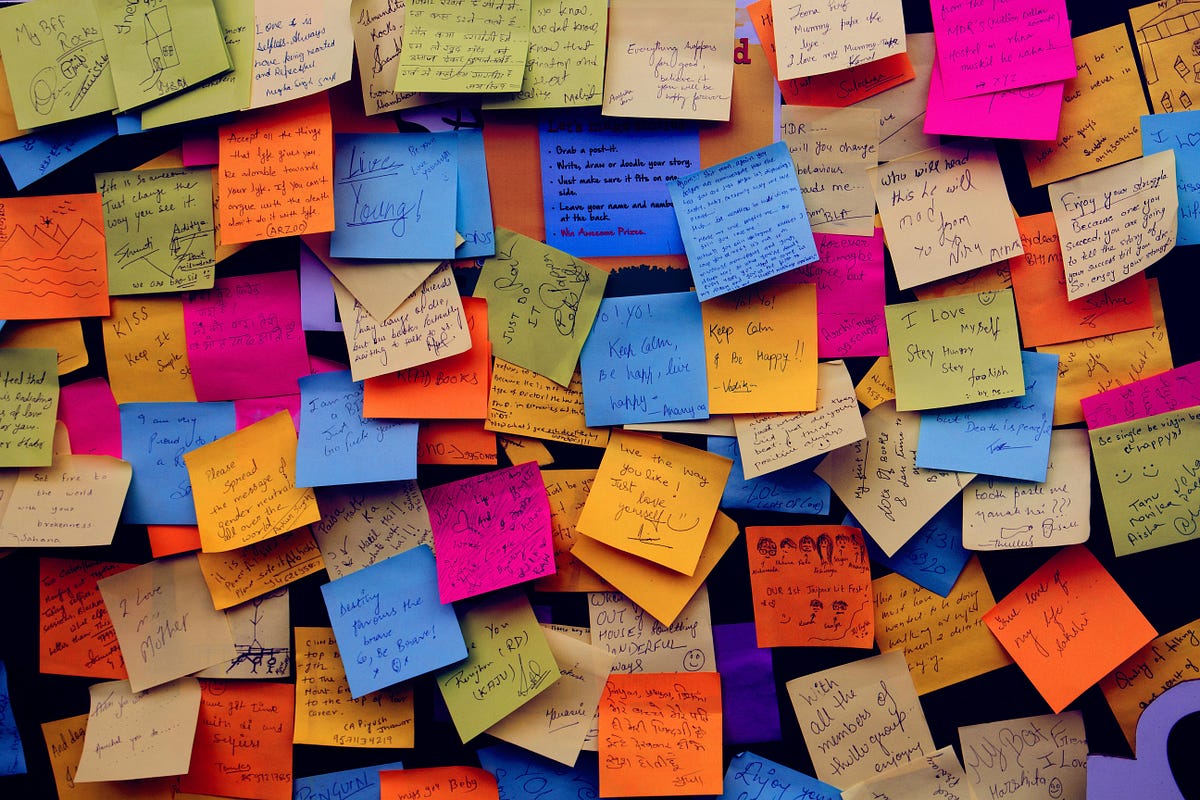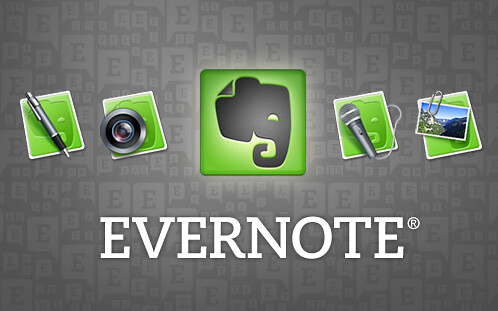When ADHD meets digital notes: how four tools can reconstruct cognitive scaffolding

1. The neglected cognitive battlefield: the note-taking dilemma of the ADHD community
In a classroom at the University of Texas at El Paso, CASS Center Director Alyssa Gutierrez found[7] that more than 60% of ADHD students experience “information gaps” during traditional note-taking—their pens often lag behind their thinking, and the resulting notes are like a treasure map that has been torn to shreds. Behind this is a triple cognitive conflict:
-
The conflict between attention rhythm and linear recording
Neuroimaging studies have shown that the default mode network (DMN) in the ADHD brain is more active, causing the focus of attention to shift every 90 seconds on average [2]. When the professor writes the formula on the blackboard, the ADHD student may suddenly associate it with the smell of the lab last week. This kind of divergent thinking will create an information black hole in traditional line-by-line recording. -
The challenge of the fragility of working memory
Evernote senior user @Paul Jacobson confessed in his blog [8] that before he established a digital system, he often got stuck in a frustrating cycle of “I know I’ve written it down before, but I can’t find it.” ADHD individuals have 30-40% less working memory capacity than the average person [4], which makes them need a stronger external memory carrier. -
Persistent consumption of executive function
Obsidian forum user @tao emphasized in the ADHD-specific system [5] that “the risk of system crash increases exponentially with each additional step.” Simple tasks such as organizing a notebook may mean that the ADHD group needs to call on additional frontal lobe resources.
2. Tool revolution: from “recording medium” to “cognitive prosthesis”
Scenario comparison matrix
| Tool dimension | Glean | Evernote | Notability | Obsidian |
|---|---|---|---|---|
| Core advantages | Audio-text dynamic anchoring | Cross-platform information aggregation | Multi-modal instant capture | Knowledge network visualization |
| Cognitive load | low (automatic segmentation) | medium (manual categorization required) | low (intuitive operation) | high (system design required) |
| Applicable scenarios | lecture/meeting notes | research data management | creative brainstorming | in-depth knowledge processing |
| Neuro-adaptive points | Reduce auditory overload | Compensate for working memory deficits | Match attention rhythms | Explicit thinking paths |
Battlefield report: real-world application scenarios for four tools
▎Glean: the structural salvation of auditory information
After the introduction of Glean at the University of Texas[7], the classroom participation of students with ADHD increased by 37%. The core lies in:
participation of students with ADHD increased by 37%. The core lies in:
- Three-color labeling system: use ❗️ (important), 🔄 (need to review), and ❓ (question) to instantly label recording segments [2]
- Automatic speech transcription: anchor loose auditory information in visible text to reduce cognitive conversion loss
- 24-hour smart reminders: push review reminders at critical points in the memory curve [2]
Example of use: When recording the mechanism of DNA replication in biology class, mark the names of key enzymes with ❗️ and an automatically generated key summary with a timestamp will be generated after class.
▎Evernote: the Swiss army knife against disorganization

ADHD coach @TakeControlADHD recommends[6]:
- Build a “digital external brain” with three levels:
- Temporary storage layer (Inbox): use your phone to quickly jot down all fragmented ideas
- Topic notebook: color-code projects (red = urgent)
- Template library: pre-set 20 frameworks such as Cornell note-taking method
- Apple Watch integration: instantly capture inspiration with voice commands[3
- Webpage clipping function: avoid “attention loss” caused by multi-task switching[8
Real case: MIT student Sarah used the Scanbot + to-do list function to collect experimental data, purchase lists, and draft papers in a unified manner, reducing her cognitive load by 42% per week[6].
▎Notability: a multi-channel coding tool
Clinical studies have shown[4] that when ADHD patients combine handwriting with auditory input, the retention rate of information improves by 58%. The breakthroughs of Notability are:
- Pressure-sensitive handwriting: automatically generate branches of the mind map with different strengths
- Recording location playback: click anywhere in the note to jump to the corresponding recording time
- Split-screen workflow: annotate the textbook PDF on the left, and freely draw concept maps on the right
Tips for use: write core concepts in purple, draw association arrows in green, and mark points of doubt in orange to form visual memory anchors.
▎Obsidian: A navigator in the maze of the mind
In the Obsidian forum’s ADHD-specific discussion [5], user @tao developed:
- Random walk review method: Open random notes every day to associate knowledge
- Progress particle system: Use
 the ##TODO tag to generate a task progress bar
the ##TODO tag to generate a task progress bar - Emotion tagging system: 😡 indicates a stuck point, 🚀 represents a moment of inspiration
Advanced configuration: After installing the Mindmap plug-in, linear notes are automatically converted into 3D knowledge networks, which matches the divergent thinking characteristics of ADHD.
3. Tool system design from a neuroscientific perspective
Cognitive scaffolding theory in practice
- Glean’s “forced segmentation”: automatic insertion of a dividing line every 3 minutes to simulate the attention cycle[2
- Evernote’s “visual stacking”: activates the occipital visual cortex memory area with colors and icons [6]
- Obsidian’s “two-way linking”: strengthens conceptual connections through the frontal lobe-hippocampal circuit [5]
Empirical evidence for the dual coding theory
Notability user data shows [4] that students who combine handwritten formulas with voice explanations score 22% higher in physics exams than those who record in plain text only. This shows that multimodal input can effectively activate more neural pathways.
4. Sustainable note-taking ecosystem construction
Energy state adaptation matrix
| Physiological state | Recommended tool combination | Cognitive protection mechanism |
|---|---|---|
| High energy period | Obsidian+Split Brain Map | Limit the number of plugins to prevent feature proliferation |
| Attention-waning period | Glean automatic recording + intelligent summary | Turn off all message notifications |
| Mood fluctuation period | Notability free doodling + recording | Enable dark mode to reduce visual stimulation |
| Executive dysfunction period | Evernote template + voice input | Set 5-minute automatic save to prevent data loss |
Three principles to prevent crashes
- 3-minute archiving rule: Any fragmented information must be categorized within 180 seconds
- Weekly system maintenance day: Optimize the tagging system from 16:00 to 17:00 on Sundays
- Tool rotation mechanism: Evaluate the tool adaptability once every quarter to avoid functional fixation
5. A future-oriented note-taking philosophy
In a longitudinal study at the University of Texas at El Paso [7], students who used the Glean+Obsidian combination not only improved their GPA by 0.6 points, but also demonstrated an amazing ability to transfer knowledge. This suggests to us:
“The best note-taking system is not one that records more, but one that creates more synaptic connections.” – Will Fox, Product Director of Glean [7
What the ADHD community needs is not a “normalization” tool, but “neurodiversity-friendly design” that can turn their cognitive traits into advantages. When Glean solidifies free speech into traceable knowledge nodes, and when Obsidian visualizes thinking leaps as innovation networks, we are not only seeing the evolution of tools, but also the expansion of the frontiers of human cognition.
References
- [1] Best free note-taking app for ADHD writers
- [2] Best free note-taking app for ADHD writers
- [3] ADHD time/task/information management – share your Evernote hacks
- [4] 10 Best Assistive Technologies for ADD/ADHD
- [5] Obsidian ADHD-friendly system
- [6] My Overwhelmed College Freshman Needs Help Managing Her Notes
- [7] Glean: Independence and ease for students
- [8] The tools I use to be productive with ADHD

Leave a Reply